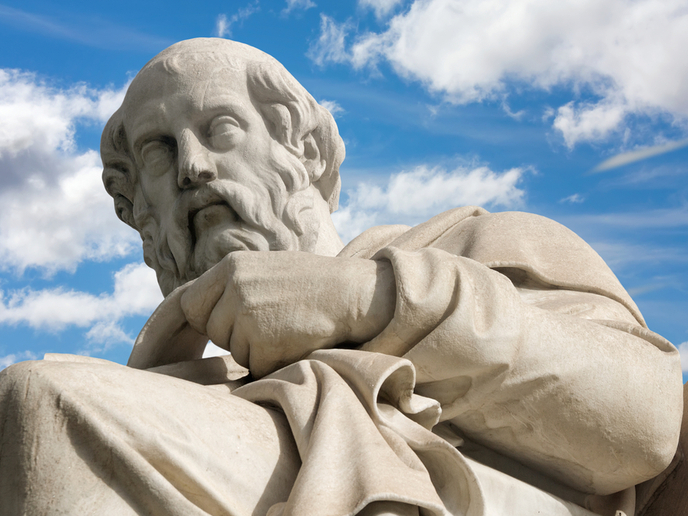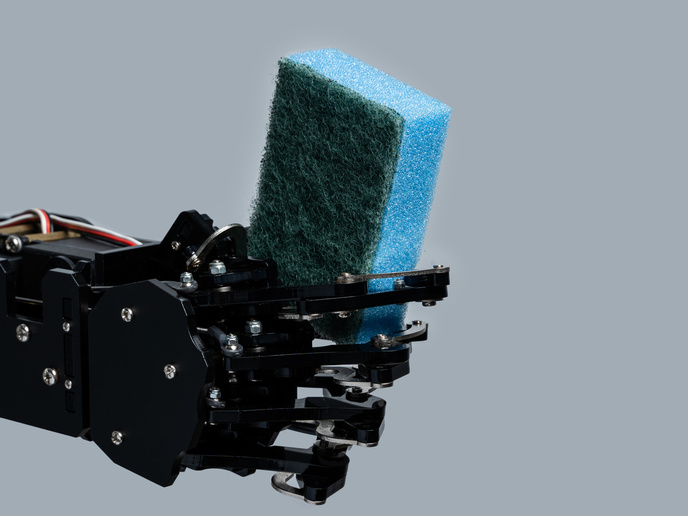Pioneering edition of Philodemus’ History of the Academy reveals 20 % more content
The book History of the Academy by the Epicurean philosopher Philodemus was passed down on two papyrus rolls and discovered in the ancient Roman town of Herculaneum in the 1750s. The information contained in the papyri – known as PHerc. 1691/1021 and PHerc 164 – sheds light on the development of the ancient Platonic Academy. However, research has shown that considerable improvement could be made on the last edition of this book. The current availability of pioneering techniques for reading papyri, along with the potential to develop new improved editorial methods, has paved the way for a ground-breaking edition. This was the challenge taken up by the EU-supported AcadHist (Philodemus’ History of the Academy: Groundwork for a New Innovative Critical Edition) project which has produced a text that is becoming widely adopted by the scholarly community. Indeed, its methods have resulted in 20 % more content than the previous edition. This has revealed additional information about Academic philosophers, of great relevance for historians of ancient philosophy and literature, philologists and papyrologists. Performing pioneering analysis Much of what is known about the history of the Platonic school is only found in Philodemus’ History of the Academy and not in other ancient sources. This makes it a unique contribution to our understanding of crucial developments inside the Academy and its most prominent figures such as Plato, Arcesilaus, Carneades, Philo and Antiochus. Explaining the rationale for AcadHist, Marie-Curie Fellow Dr Kilian Fleischer says, “While the last critical edition provided by Tiziano Dorandi in 1991 deserves respect, it could not benefit from the multispectral images of papyri available today and was also based on outdated editorial criteria.” Dr Fleischer reconstructed the original anatomy of the roll and replaced some misplaced columns, as well as clarified the position of PHerc. 1691 with respect to PHerc. 1021. He also compared his own manual transcriptions with previous multispectral images and the newest NIR hyperspectral images provided by the project. This culminated in two different transcripts: a diplomatic one, with papyrological apparatus, and a literary one, with philological apparatus. AcadHist’s systematic microscopic reading of the original manuscripts, compared with old drawings of papyri and NIR hyperspectral images, alongside an innovative editorial system, surprisingly revealed much more text. As Dr Fleischer recalls, “We were not expecting this huge increase in the reconstructed Greek text, which is unusual for a papyrus book which has already been edited several times. The identification of a new speech by the Greek orator Hyperides was a major and thrilling discovery.” AcadHist sought input from renowned papyrologists, classical philologists and historians of ancient philosophy for a collaborative revision. The team did so during a workshop held in September last year and by making available a version of the text available through the project’s website. On the trail of lost ancient texts AcadHist’s NIR Hyperspectral Imaging experiments on the book, which have improved the legibility of the recto and again made the text visible on the verso 200 years after its first discovery, offer an advanced diagnostic technique for Herculaneum papyri analysis. “These are likely to be applied to other papyri and medieval manuscripts, involving physicists, chemists and other specialists in the recovery of lost ancient texts,” Dr Graziano Ranocchia, the project’s supervisors, adds. Dr Fleischer is now finalising the critical edition of the book by integrating the new text into a monograph complete with a comprehensive introduction and a detailed commentary, supported by a three-year DFG fellowship at the University of Würzburg.
Keywords
AcadHist, papyrus, manuscript, Philodemus, Plato, philosophy, multispectral images, apograph, philology







